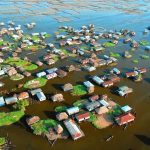Heard Island: A Frozen Frontier of Fire and Ice
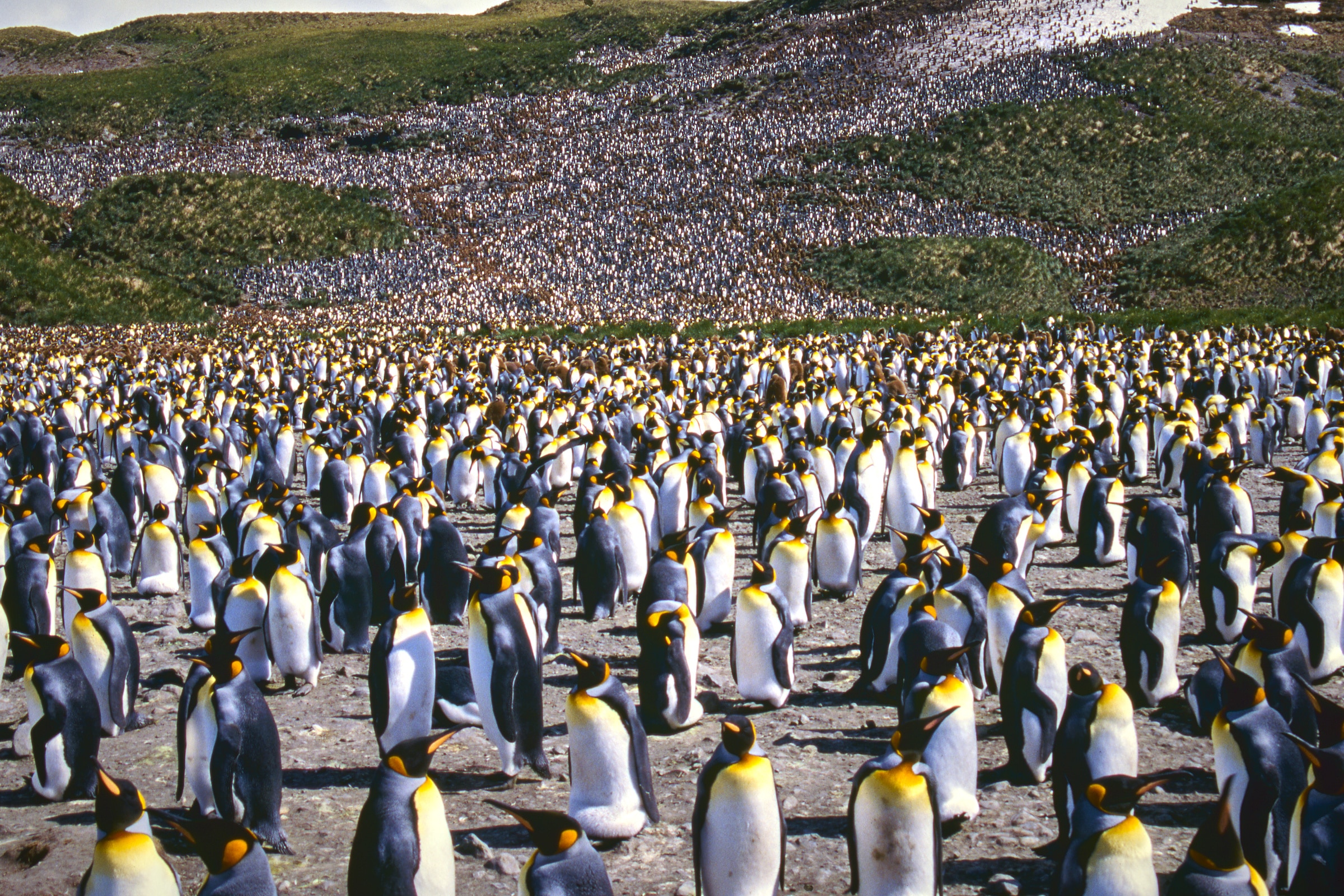
Heard Island is one of the most remote and unspoiled places on Earth, a place where nature exists in its purest, most extreme form. Located deep in the southern Indian Ocean, this Australian territory sits roughly 4,100 kilometers southwest of mainland Australia and 1,700 kilometers north of Antarctica. It is entirely uninhabited, visited only occasionally by scientific expeditions, and remains largely untouched by humans. The island’s isolation has made it a living laboratory for studying geology, climate, and wildlife in a landscape almost completely free from human influence.
At the center of the island rises Big Ben, an active volcano that dominates the horizon at 2,745 meters (9,006 feet) above sea level. Its slopes are a dramatic fusion of fire and ice, with molten eruptions occasionally breaking through the thick glacial cover. Imagine glaciers descending the sides of a volcano, steam and ash mixing with snow and ice — a scene so raw and surreal it could belong to another planet. The island’s terrain is rugged and treacherous: cliffs of basalt, jagged rock formations, and glaciers that shift and crack with the movement of ice.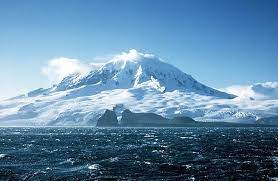
Most of Heard Island is blanketed by massive glaciers that extend from the volcanic peak down to the ocean. These glaciers are constantly sculpted by extreme winds, freezing temperatures, and relentless snowfall. Storms sweep across the island with little warning, creating blizzards and towering waves that batter the coastline. Yet despite these harsh conditions, life not only survives but thrives. The island is home to vast colonies of king penguins, elephant seals, fur seals, and countless seabirds. These animals are perfectly adapted to the brutal climate, forming intricate social structures and breeding cycles that mirror the rhythms of the island itself.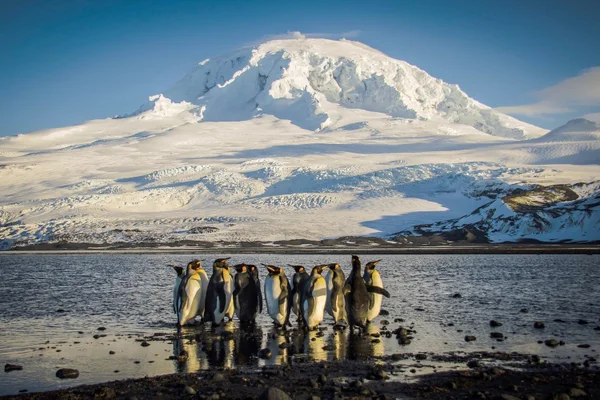
Heard Island’s ecological significance is immense. Its complete lack of human habitation means it is one of the few places on Earth where wildlife behaves as it did thousands of years ago. Researchers have observed untouched ecosystems, rare plant species, and animal behaviors that are virtually unchanged by human influence. Every glacier, cliff, and cove contributes to a fragile balance that has persisted for millennia.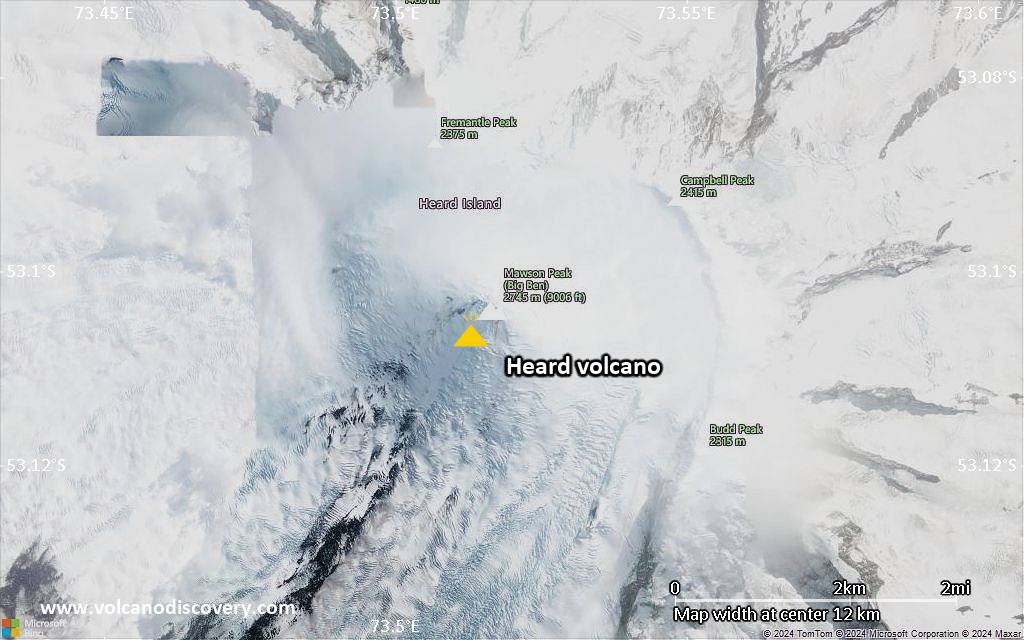
Because of its unique combination of geological activity and ecological preservation, Heard Island is a UNESCO World Heritage Site. Access is tightly regulated to protect this extraordinary environment. There are no airports, no ports, and no infrastructure for permanent human settlement. The only way to reach it is by ship, often taking weeks through the turbulent waters of the southern Indian Ocean. Even then, landings are limited to a few safe coves, and researchers must contend with unpredictable weather, freezing temperatures, and towering ice cliffs.
Heard Island stands as one of the last true wildernesses on Earth. Here, the forces of nature reign supreme: glaciers advance and retreat, volcanoes erupt, winds whip across desolate slopes, and wildlife thrives in isolation. It is a place where the raw power and beauty of the planet are on full display, a reminder of the fragility and resilience of life in extreme environments. For scientists, adventurers, and anyone who dreams of places untouched by human hands, Heard Island is a frontier unlike any other — a frozen, fiery sanctuary where the Earth’s most extreme elements converge in perfect, awe-inspiring harmony.



